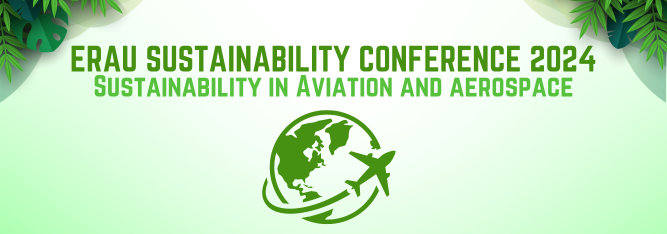
The Feasibility and Impact of Sustainable Aviation Fuel (SAF)
Presentation Type
Short presentation 10-15 minutes
In Person or Zoom Presentation
In-Person
Location
Student Union Event Center
Start Date
18-11-2024 2:30 PM
Presentation Description/Abstract
Traditional aviation fuel, the foundation of the aviation industry, is producing carbon emissions that are significantly contributing to climate change and environmental degradation. A present solution to the issue is implementing Sustainable Aviation Fuel (SAF) as a substitute for traditional aviation fuel in the aviation industry. SAF is engineered from renewable resources like algae and agricultural residues, to replace fossil-based aviation fuel, therefore reducing greenhouse gas emissions throughout the energy life-cycle. To assess this solution, this research investigates the feasibility of SAF implementation by conducting a literature review on its current production methods, costs, and infrastructure challenges, alongside an analysis of its potential to reduce aviation's carbon footprint. This research suggests that while SAF presents a promising alternative, overcoming production and scalability obstacles will be essential for large-scale adoption and meaningful environmental impact.
The Feasibility and Impact of Sustainable Aviation Fuel (SAF)
Student Union Event Center
Traditional aviation fuel, the foundation of the aviation industry, is producing carbon emissions that are significantly contributing to climate change and environmental degradation. A present solution to the issue is implementing Sustainable Aviation Fuel (SAF) as a substitute for traditional aviation fuel in the aviation industry. SAF is engineered from renewable resources like algae and agricultural residues, to replace fossil-based aviation fuel, therefore reducing greenhouse gas emissions throughout the energy life-cycle. To assess this solution, this research investigates the feasibility of SAF implementation by conducting a literature review on its current production methods, costs, and infrastructure challenges, alongside an analysis of its potential to reduce aviation's carbon footprint. This research suggests that while SAF presents a promising alternative, overcoming production and scalability obstacles will be essential for large-scale adoption and meaningful environmental impact.
